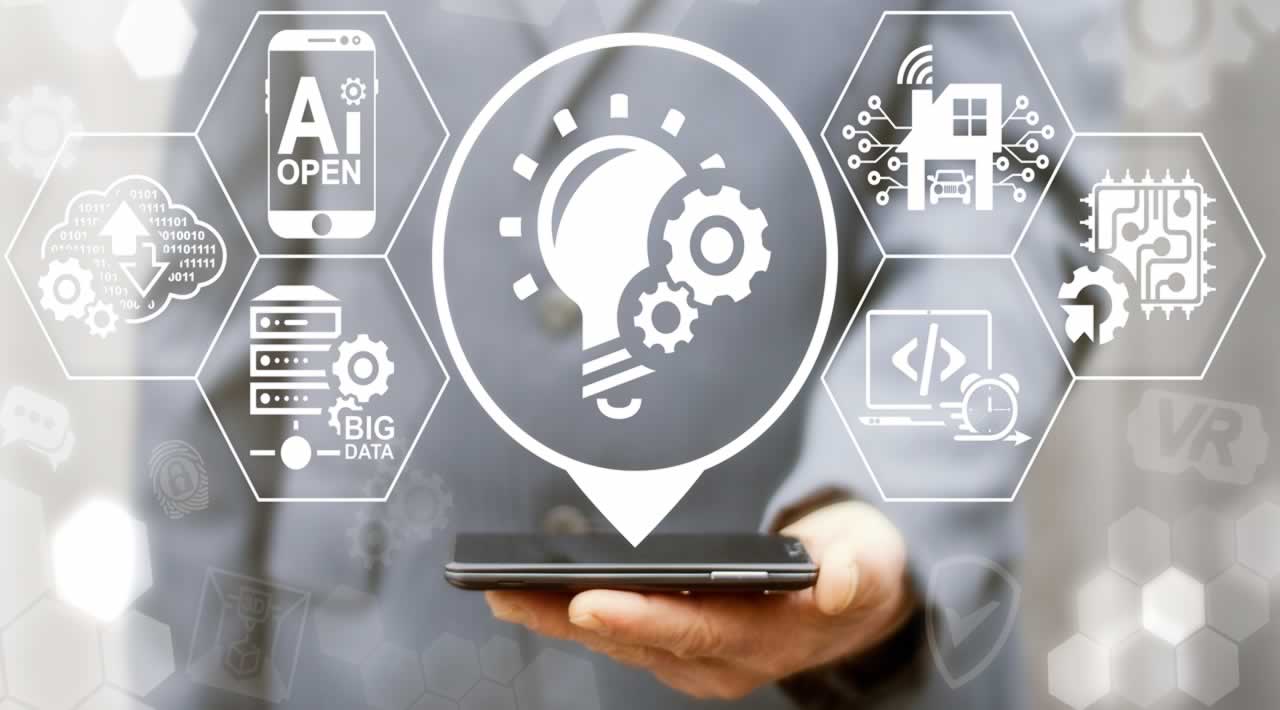While GPUs have been instrumental in the deep learning revolution since 2012, smartphones can also run deep neural networks on their own hardware and exceed state-of-the-art image classification performance from just a few years ago. This is mostly due to advances in neural network design and model structures. Innovations like the depth-wise separable convolution, for example, have enabled more efficient computation in neural nets. Hardware has also advanced in terms of compute and memory capacity. Put together, a smartphone today can quickly classify images with a lightweight neural network with a higher accuracy than AlexNet achieved in 2012.
William Grisaitis is a machine learning engineer and curious person based in Orlando, Florida. William has worked in deep learning since 2016 when he joined a deep learning research lab at the HHMI Janelia Research Campus and contributed to peer-reviewed research in deep learning and computational neuroscience. He currently works as a freelance data science consultant and is currently exploring entrepreneurial opportunities involving deep learning on smartphones. Prior to 2016 William worked at Capital One in credit cards and small business lending. Born and raised in Orlando, William graduated with an A.B. in Physics from Duke University in 2012.
Learn More
☞ Deep Learning A-Z™: Hands-On Artificial Neural Networks
☞ Complete Guide to TensorFlow for Deep Learning with Python
☞ Machine Learning, Data Science and Deep Learning with Python
☞ Applied Deep Learning with PyTorch - Full Course
☞ Deep Learning For Developers
#deep-learning #python #tensorflow #data-science
